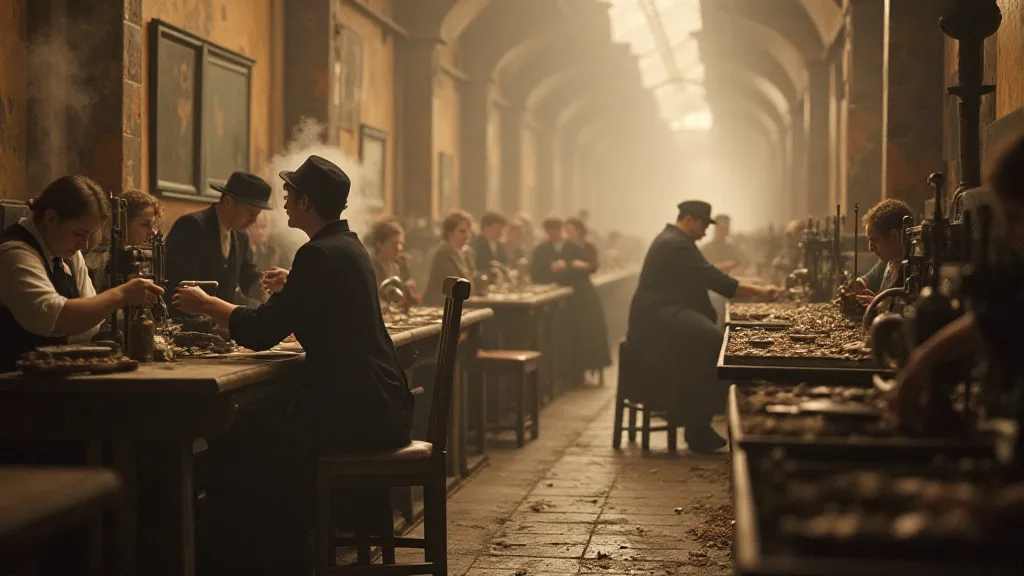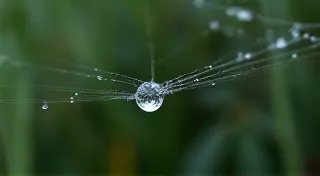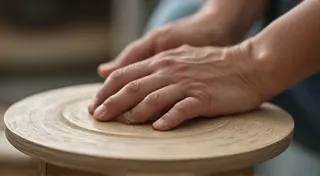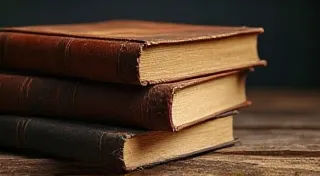Catalogues of Curiosities: Unearthing the Lost Worlds of Victorian Button Retail
There's a peculiar magic in holding a Victorian button. More than just fasteners, they are tiny, tactile portals to another era – a time of intricate craftsmanship, burgeoning industrialization, and a surprising obsession with embellishment. My own fascination began years ago, sifting through a box of inherited treasures. Amongst the faded lace and chipped china, a handful of jet buttons gleamed, their polished surfaces reflecting a history I could almost touch. It wasn’t just the beauty of the buttons themselves; it was the feeling that they held secrets, whispers of lives lived and garments worn. But to truly understand these miniature masterpieces, we need to delve deeper than just appreciation – we need to examine the world that brought them to market: the Victorian button catalogs.
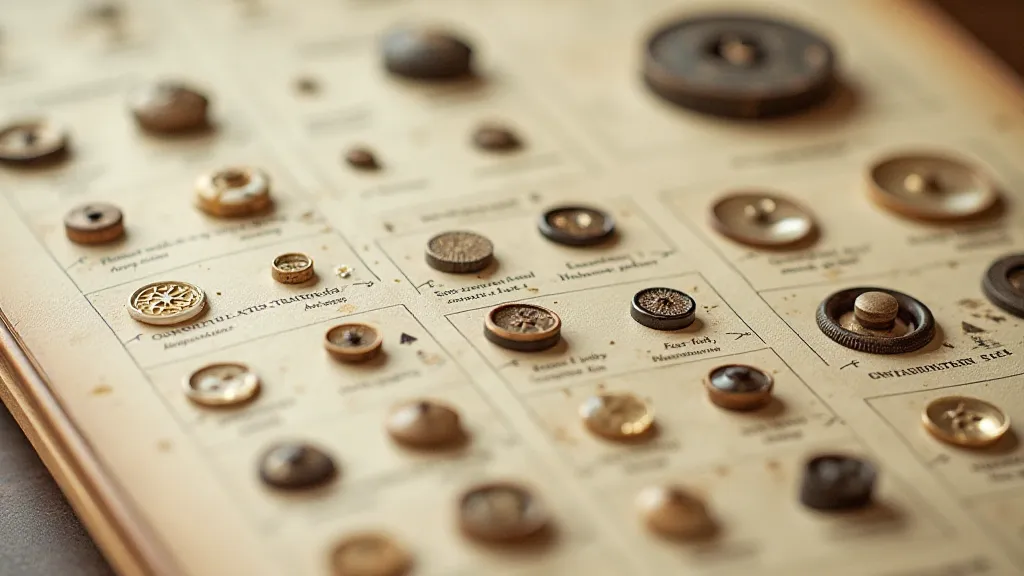
The Rise of the Button Merchant: A Market for Ornament
The Victorian era witnessed an unprecedented demand for buttons. Clothing became increasingly elaborate, particularly for women, and buttons weren’t just functional closures; they were decorative elements, crucial to the overall aesthetic. The pressure was on factories to innovate, often developing new manufacturing processes to meet the demand. The Industrial Revolution had made mass production possible, but the Victorian appetite for ornamentation still favored a wide variety of materials and designs. Horn, shell, glass, jet, mother-of-pearl – each offered unique visual appeal and reflected different tiers of wealth and fashion trends. But how did consumers know what was available? Enter the button catalog.
Before online shopping, before even department stores as we know them, button merchants relied on printed catalogs to reach their clientele. These weren’t grand, glossy publications. They were often humble documents, printed on inexpensive paper and featuring simple woodcut or lithographic illustrations. Think of them as the Victorian equivalent of mail-order catalogs, distributed to tailors, dressmakers, milliners, and even directly to fashionable individuals. The catalogs weren’t just product lists; they were carefully crafted sales tools, reflecting the aspirations of the era. The language used was persuasive, emphasizing quality, style, and the potential for enhancing one’s appearance.
Materials & Manufacturing: A Glimpse into Victorian Industry
To truly appreciate the catalogs, understanding the materials and the manufacturing techniques is vital. Horn buttons, for instance, were a staple, relatively inexpensive and easily mass-produced from discarded cattle horns. Factories like the Birmingham Button Company in England became centers of horn button production, employing thousands of workers. The process was surprisingly complex, involving boiling the horns to soften them, then shaping them into molds, often with intricate patterns. The resulting buttons were then polished and finished, sometimes with hand-painted details. The catalogs offered a subtle way to differentiate between grades of horn – those with a smoother finish and more intricate designs indicated a higher quality, and therefore, a higher price. Considering the sheer volume of buttons required, factories continually refined their methods; a fascinating look at this evolution can be found in explorations of Victorian button manufacturing techniques.
Mother-of-pearl buttons, derived from the inner lining of mollusk shells (often oysters and mussels), represented a more luxurious option. The iridescent shimmer of the pearl created a stunning visual effect. These buttons were considerably more expensive to produce and were typically reserved for high-end garments. Jet buttons, made from fossilized resin, were particularly popular during the mourning period following the death of Prince Albert in 1861. The catalogs dedicated sections to these somber adornments, offering variations in size, shape, and carved designs.
The catalogs frequently showcased the emerging technologies of the time. Lithography, a printing process that allowed for more detailed illustrations, became increasingly common. While initially expensive, the technology was refined, becoming more accessible to button merchants. The ability to reproduce images accurately allowed for more visually appealing catalogs, further stimulating demand. Early button factories, though often rudimentary by modern standards, employed sophisticated molds and pressing machines for their time, enabling the mass production of diverse button designs. The catalogs act as quiet witnesses to this industrial evolution.
Design & Embellishment: Reflecting Victorian Aesthetics
Victorian button design was heavily influenced by the prevailing artistic trends of the era. From the Gothic Revival to the Aesthetic Movement, each style found its way onto tiny button surfaces. Floral motifs, intricate geometric patterns, and figurative scenes were common. Some catalogs showcased novelty buttons – animals, insects, and even miniature portraits – appealing to a desire for uniqueness and personalization. The catalogs weren’t just presenting products; they were presenting ideas – suggestions for how these buttons could be incorporated into fashionable garments, inspiring creativity and driving sales. The skilled artisans crafting these buttons were pushing the limits of what could be achieved; a closer look at the legacy of Victorian button craftsmanship reveals their incredible skill.
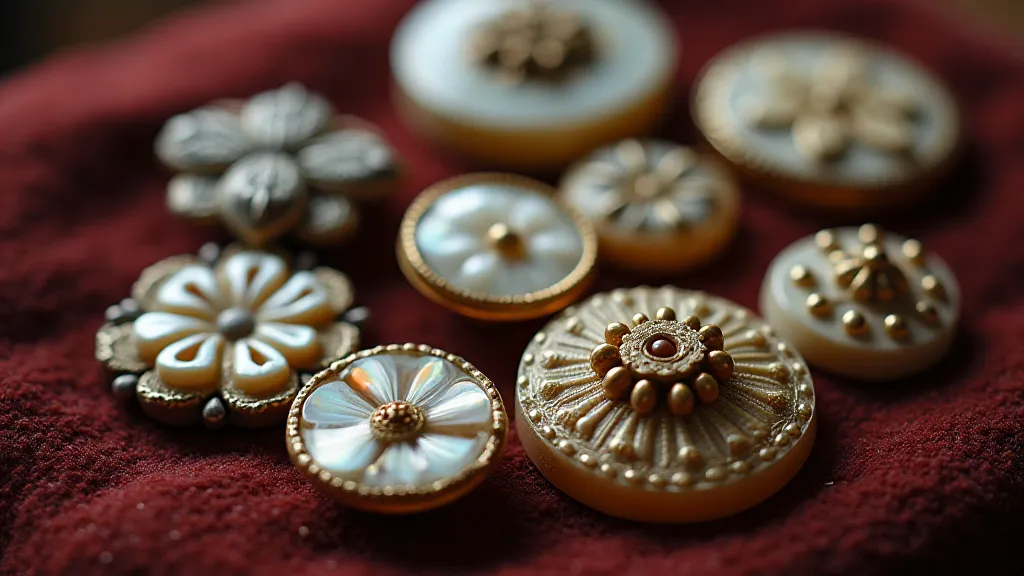
The Language of Desire: Analyzing Catalog Copy
The descriptions accompanying the button illustrations in the catalogs reveal much about Victorian consumer culture. Phrases like "exquisitely finished," "elegantly designed," and "perfectly suited for evening wear" were common. Merchants understood the power of suggestion, attempting to create a sense of desire and exclusivity. The catalogs also offered subtle cues regarding the intended audience. Buttons designed for children were often simpler and more durable, while those targeted at wealthy patrons boasted elaborate detailing and premium materials. This language demonstrates an understanding of social stratification and the power of targeted advertising, even in its nascent form.
Preserving a Fleeting Legacy: Finding & Identifying Catalogs
Original Victorian button catalogs are rare and highly sought after by collectors. Many were discarded or destroyed, considered disposable items in their own time. Those that survive are often fragile and incomplete. Online auction sites and antique shops are the most likely places to find them, but be prepared to pay a premium. Identifying these catalogs can be challenging. Merchants’ names and locations were often printed on the covers, but these details can be obscured by age and wear. Examining the button designs and descriptions can provide clues to the catalog's origin and date.
The Colors of the Era: A Deeper Dive
Beyond the basic materials and construction, the colors employed in Victorian buttons offer another layer of insight. While early buttons relied on naturally occurring hues derived from dyes and pigments, technological advancements brought a wider spectrum of shades into play. The ability to achieve specific color palettes became a significant factor in button design and marketing. Consider the popularity of deep greens and browns reflecting nature, or the prevalence of vibrant reds and blues signaling prosperity and modernity. The subtle shifts in color trends over time can be tracked through the catalog descriptions, giving a glimpse into the evolution of Victorian aesthetics and the cultural significance embedded in even the smallest of details. The evolution of these color palettes is a beautiful story in itself, as documented in explorations of the evolution of color palettes in Victorian buttons.
The Social Context of Ornamentation
The obsession with buttons in the Victorian era was more than a matter of mere fashion; it was a reflection of a complex social landscape. Buttons served as markers of status, wealth, and even profession. For the burgeoning middle class, a garment adorned with elaborately designed buttons signaled an aspiration to upward mobility. Conversely, the aristocracy often favored understated, high-quality buttons, demonstrating a quiet elegance. The language within the button catalogs itself often catered to these specific target audiences, tailoring the descriptions and imagery to appeal to their unique sensibilities. Understanding this social context adds depth to appreciating not only the beauty of the buttons but also the subtle power dynamics that shaped Victorian society.
Beyond Jet and Mother-of-Pearl: Novelty and Innovation
While jet and mother-of-pearl buttons represented a certain elegance, many other styles emerged during this period. A closer look at the poetry of small things reveals the vast array of materials and designs that captivated Victorian society.
